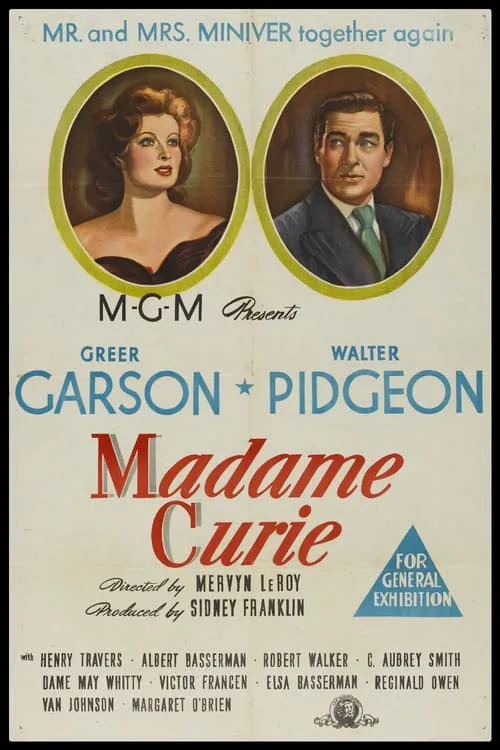Madame Curie

Plot
In the esteemed Sorbonne of 19th-century Paris, Marie Curie navigated a world of intellectual pursuits as a pioneering female physicist in an era dominated by men. The year was 1894, and the young scientist was no stranger to skepticism. Her determination to pursue a career in this male-dominated field, however, was unwavering. As Marie dedicated herself to her studies, she soon found herself at odds with her professors, who seemed more interested in reinforcing traditional notions of women's roles than fostering her academic growth. Despite these obstacles, her intellect and passion earned her the attention of the esteemed Professor Gabriel Lippmann, who took Marie under his wing and became a valuable mentor in her early endeavors. Marie's world took a profound turn when she was offered a research placement with the illustrious Pierre Curie, a renowned physicist in his own right. This chance encounter marked the beginning of a partnership that would change not only Marie's life but also the face of modern science. As they delved into the mysteries of radium, a newly discovered element hidden deep within pitchblende ore, their shared excitement and passion for discovery grew. Marie and Pierre's collaboration in the laboratory led to a whirlwind romance that defied conventions of the time. They married in 1895, uniting two brilliant minds in love and in work. The couple's mutual respect for one another's intellect and their individual strengths enabled them to navigate the complexities of their shared quest for the elusive radium. However, their groundbreaking research was not without its challenges. Working tirelessly in the lab, the Curies employed innovative techniques, including the use of matted paper and solvents, to extract the elusive element from the pitchblende ore. Their dedication to this pursuit earned them recognition by the prestigious Académie des Sciences, as they were both offered membership in 1905. But the road to discovery is rarely straightforward, and the Curies soon found themselves at the crossroads of professional failure and scientific triumph. As they struggled to isolate radium, the lab faced financial constraints and criticism from colleagues who questioned their methods and doubted the existence of the element. The couple's marriage, too, was put to the test as they navigated the intense pressures of their work and the societal expectations placed upon them. Desperate to prove the existence of radium, Marie and Pierre embarked on an extraordinary adventure, traveling to a remote location to collect more pitchblende ore for their research. They endured treacherous conditions and harsh temperatures in the mine, where they collected precious samples and made crucial breakthroughs. The Curies' perseverance and collaboration ultimately paid off in 1903, as they successfully isolated radium's first stable, non-radioactive isotope. Their monumental achievement not only opened doors to new discoveries in radioactivity but also forged a new path for women in science. Marie and Pierre's pioneering work paved the way for others to break free from the constraints of traditional expectations, inspiring a new generation of young scientists to pursue careers in the most unlikely of fields – the arts and sciences of the time. Years later, Marie would go on to make another groundbreaking discovery – this time, she isolated the radioactive metals polonium and radon, named after her beloved homeland and her earlier groundbreaking research with radium. Pierre Curie's tragic death in 1906, however, cut short the life of this remarkable partnership, leaving behind an indelible mark on the scientific world that continued to inspire generations to come. Despite the obstacles they faced, Marie Curie's unwavering determination, intellect, and unrelenting passion for discovery illuminated an uncertain world and forever changed the landscape of science. As she looked back on their remarkable collaboration, she would often remark on the profound impact Pierre had had on her life and work – both as a fellow scientist and as her beloved husband.
Reviews
Recommendations




